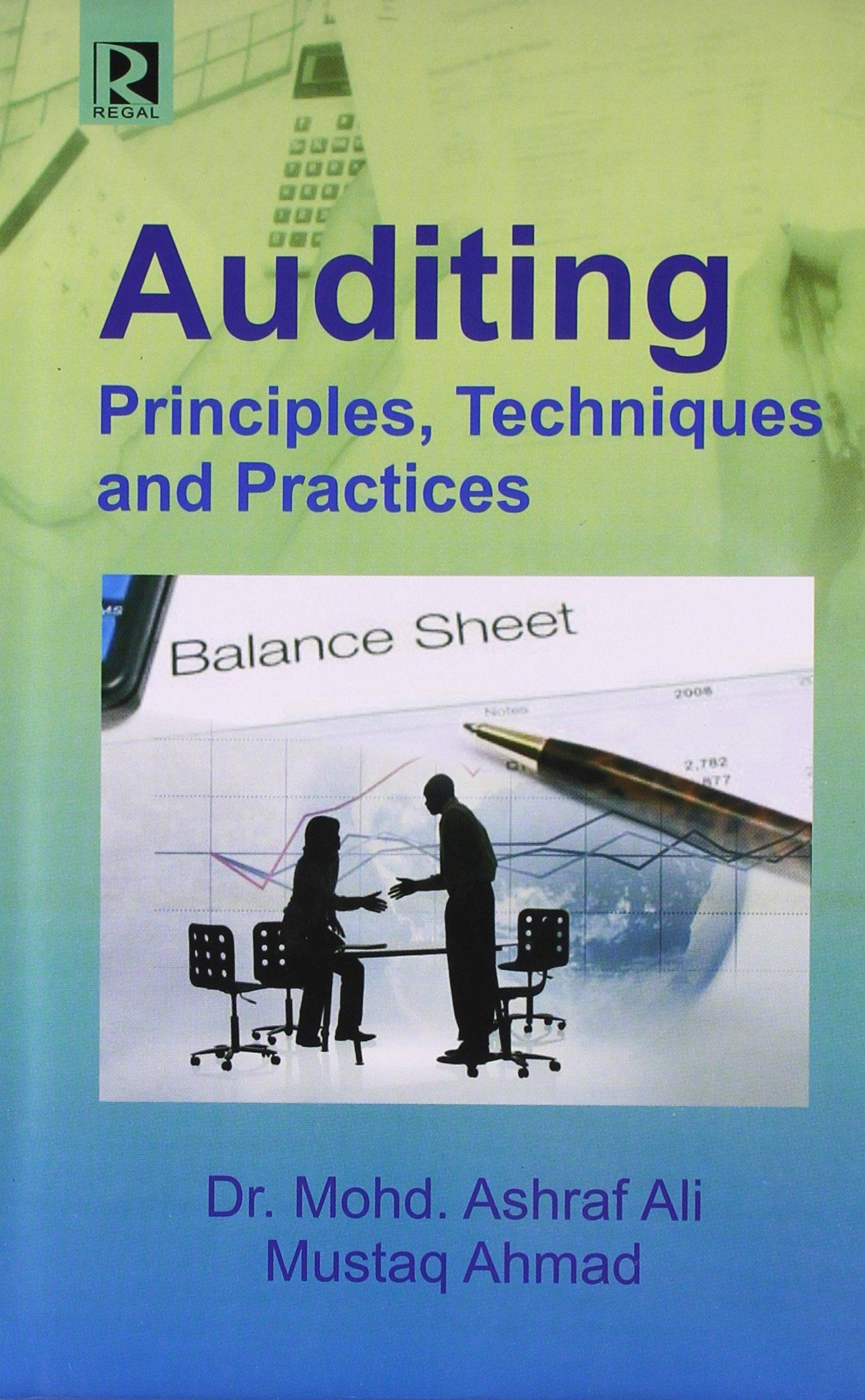



Consider this calibrated model of U.S. health insurance in 2019 under adverse selection: Demand for insurance: P=26,00075Q Marginal cost: MC=13,00041.67Q Average cost: AC=13,00020.83Q where Q is millions of Americans aged 0-64. With these parameters, it turns out that the market equilibrium is Q=240 million, which is where P=AC=8,000. Also, Qmax=275 million, or with 35 million or 12.7% of the population under age 65 still uninsured. (If you solve for the equilibrium using the symbolic math equations and parameters printed above, which are rounded, you get very similar numbers: Q=239.99 and P=8,001.) Demand exceeds marginal cost at Q and all the way up to Qmax. Thus the annual social loss of underinsurance is the area of a trapezoid between Q and Qmax and between demand and marginal cost, which equals $154.583 billion. (With symbolic math it is $154.687.) If you like, consult the companion Google Sheets file, copy it to your Drive, and use it to answer these questions. Or you can manipulate these symbolic math equations and solve them. Numerical answers within reasonable ranges of the correct answer (like $5 billion) will receive full credit. Now let us model the possible impacts of the COVID-19 pandemic on U.S. insurance coverage in a competitive market without frictions. Assume the size of the population Qmax remains the same. Demand for insurance: P=26,00075Q Marginal cost: MC=12,00041.67Q Average cost: AC=12,00020.83Q where I have highlighted the two changes in purple. Use either this symbolic math or the spreadsheet to answer the following question. All numerical answers within reasonable ranges (like $5 billion) will receive full credit. e) [5 points] Formally calculate Q using the information you have, using either symbolic math or the spreadsheet. If you use the spreadsheet, look for the condition closest to P=AC, and if you do not see an equality, choose the Q at the smallest P>AC. Briefly describe or show your work, depending on how you chose to work. Full credit for answers within 2 million. f) [5 points] Calculate the social loss under these conditions and report it in billions of dollars. (Remember that the area is in millions of dollars, so just shift the decimal point.) Full credit for answers within $5 billion. Briefly describe or show your work and explain. |










